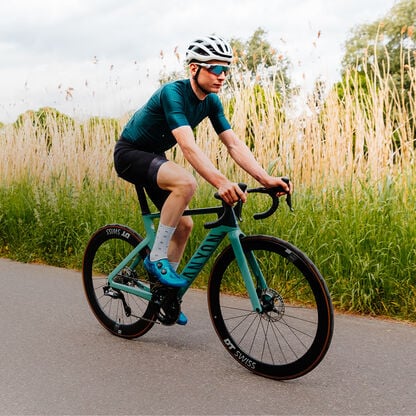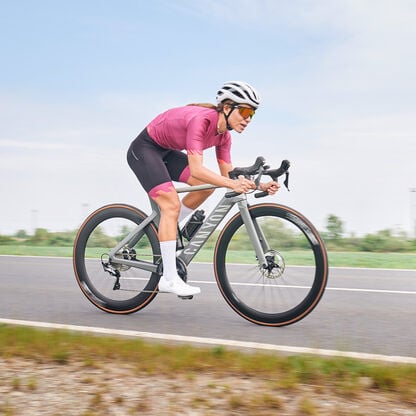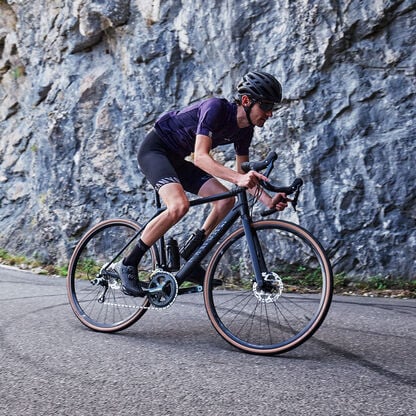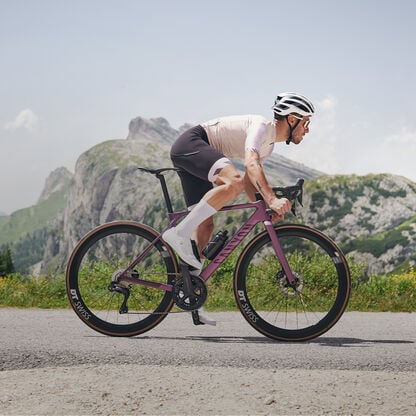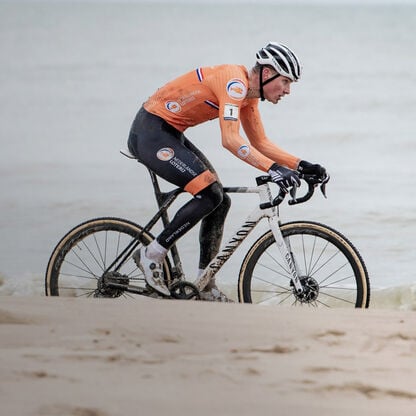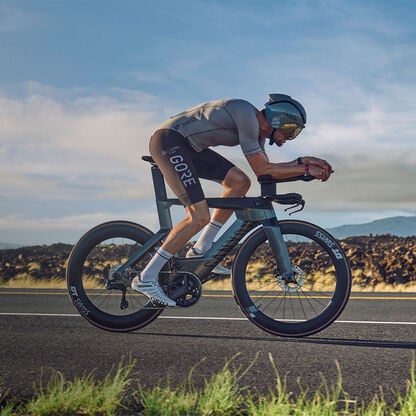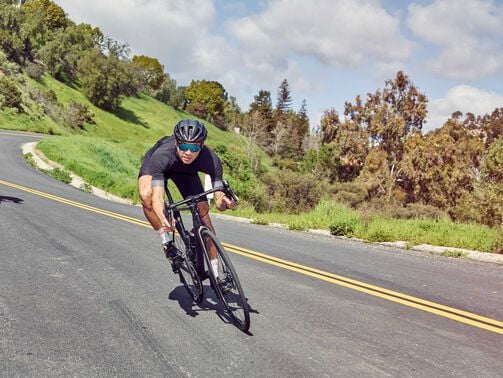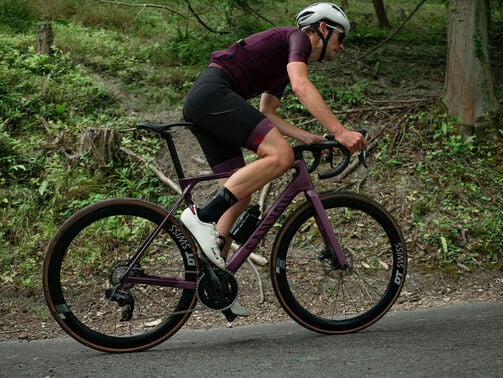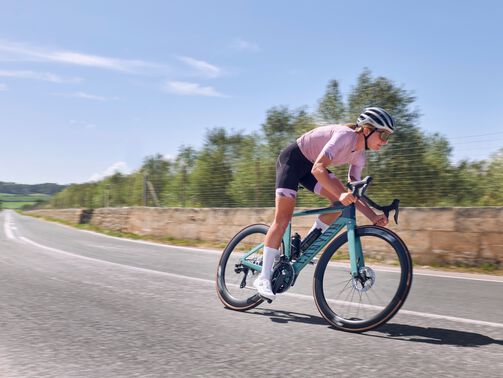Beginner triathlon: Start strong with your first race
Intimidated by the thought of doing a triathlon? You won’t be after reading this article.
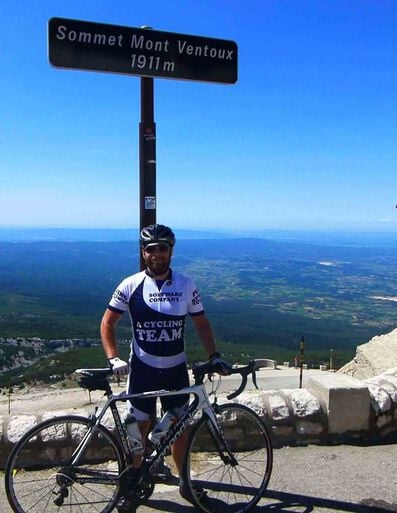

Contents
What is a triathlon?
What’s the allure of triathlon? Three very different endurance sports – swimming, bicycling, and running – merged into one tasty Neapolitan event with its own unique challenges. It’s one of the most difficult events you can sign up for, but the feeling of accomplishment after crossing the finish line is second to none.
The distance you swim, cycle, or run depends on the event itself.
- Sprint: Total distance: 16 miles/26km (Swim: .5 mile/750m, Bike: 12.4 miles/20km, Run: 3.1 miles/5k)
- Olympic: Total distance: 32 miles/51.5km (Swim: nearly 1 mile/1.5km, Bike: 25 miles/40km, Run: 6.2 miles/10 KM)
- 70.3/Half-Ironman: Total distance: 70.3 miles/113.13km (Swim: 1.2 miles/1.9km, Bike: 56 miles/90km, Run: 13.1 mile/21.1km)
- Ironman: Total distance: 140.6 miles/226.27km (Swim: 2.4 miles/3.8km , Bike: 112 miles/180km, Run: 26.2 miles/42.2km)
An Ironman has its own unique magic as well. Doing a century ride is difficult enough, but adding a 2.4-mile swim and an entire freaking marathon on top of that? That’s insane! (But the good kind!)
Here’s what you need to know before signing up for your first race.
Your triathlon kit: Checklist
You might be tempted to empty your wallet at your local sporting goods store when first starting out, but resist that urge! Inexperienced triathletes often buy the wrong item or decide to go too cheap and need to re-purchase an item later. Get one or two races under your belt before breaking out the credit card.
Tri-suit
While a tri-suit isn’t a barrier to getting into triathlon, once you decide you love it, you’ll be better off with one. A tri-suit is worn for all three sports meaning you don’t need to get changed during transition. It’s a bit like a skinsuit with a quick-drying chamois and chlorine-resistant fabrics.
Swimming gear
At the very least, you’ll need a swimsuit, tri suit or swimming shorts before you take the plunge into the deep end. If your triathlon involves open-water swimming, a wetsuit may be worth purchasing; not only will the water temperature be a lot cooler than your local heated pool, but wetsuits also help with buoyancy.
A good pair of swimming goggles is another piece of essential gear, as is a good, quick-drying microfiber towel. A swim cap helps keep you warm in the water sand helps with aerodynamics, but you probably won’t need to buy one, as many races give them to participants. (The color often denotes what wave you’re in.)
Triathlon bike and cycling gear
The most important piece of gear you’ll need for the bike leg is the bicycle itself. When doing your first sprint triathlon, ride whatever dusty contraption is hanging in your garage, even if it’s a hybrid or mountain bike. But if you decide to do more triathlons, you’re going to need a road bike or TT bike. But which one?
If you plan to stick to sprint triathlons and perhaps the occasional Olympic-distance event, then consider the Endurace or Aeroad. The Endurace is fast, comfortable to ride, and one of the most versatile road bikes on the market today. The Aeroad, by comparison, offers more versatility and lots of aero benefits while still maintaining the easier handling characteristics of a more standard road bike. It’s also ideal for competitors who fall in love with the cycling portion of the race more so than the two other legs. (Still trying to decide? Read the Aero vs. Endurance article detailing the pros and cons of each.) Consider adding clip-on aero bars to help you get into a deeper, more time-saving aerodynamic tuck during your triathlon.
However, if you aim to do longer-distance tris and perhaps earn a spot in Kona one day, then a tri-specific bike like the Speedmax would be ideal. Everything about this bike-leg weapon – from the handlebars to the tube shapes to your position on it – is designed with aerodynamics and speed in mind. (It’s also surprisingly comfortable over long distances as well.) Explore the differences between triathlon and road bikes in our comprehensive guide.
But the bike shouldn’t be your only purchase; you need some important accessories as well. Most importantly, you’ll need a helmet, preferably an aerodynamic one like the Abus x Canyon Gamechanger. Not only does it help reduce your drag, it also provides plenty of airflow to keep you cool when you’re laying down a scorching time on the bike leg.
While most road bikes will do the job just fine you may want to make some changes to the setup. Clipless pedals are great for efficient pedaling and powering up hills without losing contact with the pedals. If your new Canyon bicycle doesn’t come with an included power meter, the Wahoo Speedplay Powerlink pedals can fill two needs. (Experienced triathletes love training and racing with power meters, providing real data about how hard you’re working on the bike.)
Running gear
When you’re first starting out, the only things you’ll truly need are running shoes and shorts. For most sprint triathlons, any pair of athletic shoes should do, but if you’re spending a lot of time pounding the pavement, then visit a running store and try out as many different pairs of shoes as possible. Ask store employees for their opinions and suggestions.
Other gear you may need
Whether or not you’re using a tri suit, a well-fitting sports bra will keep you comfortable for the bike and run legs of your triathlon. This is a really important item of kit for women and will make all the difference to your enjoyment of triathlon.
Sunglasses will make a big difference to both your ride and run, and you can wear whatever you find most comfortable. A lightweight running cap be a great addition as well.
Two words: Anti-chafing cream. Liberally applied wherever you may need.

Triathlon training and nutrition
Training for a triathlon requires a balanced approach to nutrition to sustain energy and optimize performance. Consistently fueling your body with the right nutrients during workouts helps build endurance and speed while supporting recovery.
Triathlon nutrition: What to eat and when
For shorter distance triathlons, you might be able to complete the event without any in-race food, but it takes time to train your body to do that volume of exercise without refueling. Be sure to experiment during training, and never try anything new on race day. (This sage advice goes double for gear.) It’s never good to discover your stomach can’t tolerate caffeinated energy gels, but it’s especially bad when you discover it during the last couple of miles of your run at your main race of the season.
Before your race, eat a high-carbohydrate meal a couple of hours beforehand. This should be enough to keep your body going for the duration of the event, especially if those carbohydrates are slow release: oatmeal, bananas, and pasta to name a few. (Bananas also have the benefit of being high in potassium, which helps reduce cramping.)
If you feel the need to refuel during your race, keep an energy bar or gel handy in transition. You can eat this on the bike or during the run to power you to the finish line. Make sure you also have at least a full bottle of water in your bottle cages - you can be surprisingly dehydrated after your swim, especially if it’s hot.
After your race, hunt down a high protein meal or shake to help your body recover from the exertion of the race. Recovery is as important as training and by looking after yourself in the hours after the race, you’ll benefit from a stronger body during your next training session.
Nutrition during a triathlon will depend on the person and we recommend you use trial and error to find out what works for you. What works for one, may disagree with the other.
How to start training for a triathlon and do you need a training plan?
Training for a triathlon involves building endurance and strength across swimming, cycling, and running. Beginners can start with short, consistent workouts in each discipline, gradually increasing intensity and duration. There are various training plans available to suit different fitness levels and goals, from sprint triathlons to full Ironman races. Are you interested in training plans? A quick Google search will unveil dozens, if not hundreds, of free or low-cost plans to help you train for your event, no matter the distance or your skill level. If you decide to get serious about doing a half or full Ironman, hiring a part-time coach may be a good investment. And as you get more involved in the triathlon, community, you’ll find your fellow participants are never short on training advice.

Triathlon jargon-buster
Hearing triathletes chat sometimes feels like your eavesdropping on a conversation in a foreign language. Here’s a decoder.
Brick Session
Training in one sport is hard enough but add two more into the mix and it takes real dedication to succeed. Brick sessions are training sessions that involve two or more sports. (For example, a 40km ride followed by a 10km run.) These sessions can be extended into multiple brick sessions by jumping back on the bike again after your run. The idea behind a brick session is to train your body to immediately switch from one sport to the other. It’s also useful for reducing your time spent in transition, which leads us to the next point.
Transition
After you finish your swim, you make your way to a dedicated area called the transition where you’ll find your bike, and other gear. You’ll return to this same place after your bike leg to switch into your running gear. These transition stations are often referred to as T1 (from swim to bike) and T2 (from bike to run). There are a few rules around transition (such as when you’re allowed to mount and dismount your bike) so look out for them during your next event.
Split
When you finish a triathlon, your time is split between the three sports and transitions. You can use this information to refine your time through transition or improve your speed or pace in any of the sports.

Enter a triathlon
Now that you’ve done your training, bought the needed gear, and tested your nutrition strategy, it’s time to finally pin on a number. You can find nearby triathlons with an internet search or by perusing your local running or triathlon club’s website. You might even consider using a triathlon as an excuse to visit somewhere new and beautiful.
Good luck and we hope to see you in Kona soon!
Discover our Road Bikes
Did this article help?
Thank you for your feedback
-
 About the author
About the authorRobert Annis
Robert Annis is an award-winning outdoor-travel journalist. As an experienced writer and sport enthusiast he writes content that is inspiring with focus on road biking. You might have read Robert's articles in Bicycling, National Geographic, Outside, Travel + Leisure, Inside Hook, AARP, Midwest Living, Sierra, Hemispheres, Departures, Lonely Planet, Afar, Los Angeles Times, Chicago Tribune, RV Magazine, and Hidden Compass.
